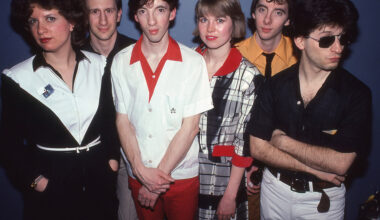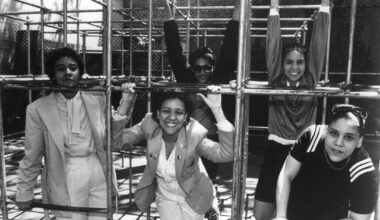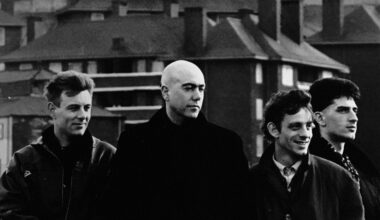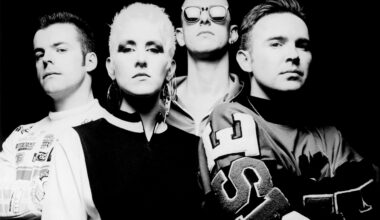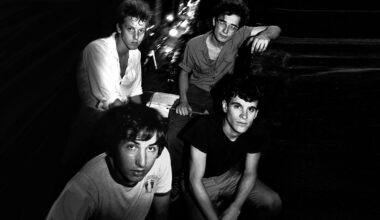Robert Hood’s 1994 album ‘Minimal Nation’ stripped techno back to its vital organs, marking the birth of an entirely new way to feel a genre. The Detroiter reveals the story behind one of its standout moments, ‘Rhythm Of Vision’
Want to read more?
Sign up to Electronic Sound Premium to gain access to every post, video, special offers, and more. 100%, all you can eat, no commitment, cancel any time.
Already a premium member? Log in here
